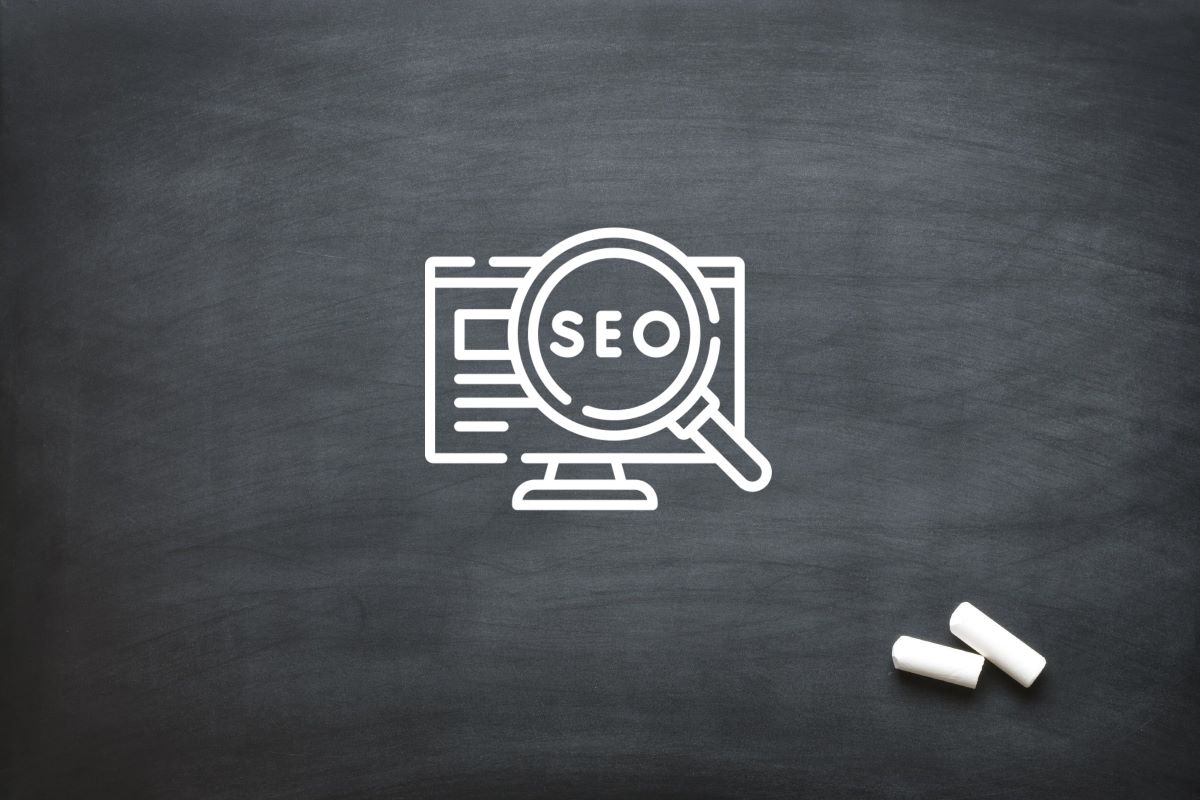
Digital Marketing: A Case Study
LEGO is far more than just a line of plastic construction toys. What if a simple brick could be so much more? It’s a brand built on creativity, imagination, and the power to turn colourful building blocks into anything a child—or even an adult—can dream of. Could these tiny bricks really create entire worlds? Towers, houses, cities—the possibilities are endless. For decades, LEGO has been a childhood favourite, encouraging play, innovation, and learning. But even the most iconic brands can face challenges. What happens when a brand that has inspired so much begins to lose its spark? LEGO found itself asking these very questions, struggling to maintain its relevance in a rapidly evolving digital marketing landscape. This case study delves into how LEGO, amid a mid-life crisis, embarked on a bold journey to revitalise its brand and successfully reignite its connection with a global audience. Can a beloved brand rediscover its magic? LEGO set out to prove it could.
LEGO’s Early 2000s Struggles
By the early 2000s, LEGO found itself at a crossroads. Despite its rich history and beloved status, the company was losing its footing in a fast-changing world. The toy market was shifting, with video games and digital entertainment capturing the attention of a generation raised on screens. In an attempt to stay relevant, LEGO began cross-pollinating its core product with unrelated ventures—ranging from theme parks to TV shows—but this only diluted its brand identity. The once-clear focus of LEGO’s iconic bricks became muddled, leaving consumers confused about what the brand truly represented. Lacking a cohesive digital marketing strategy, LEGO struggled to connect with new audiences. As sales plummeted and financial losses mounted, LEGO faced a critical decision: continue down this path of fragmentation or confront its identity crisis head-on, refocusing on what made it unique in the first place.
Embracing Change
LEGO faced a pivotal moment in its history: to remain a leader in the toy industry, it had to undergo a dramatic transformation. The company came to a startling realisation: it had strayed from its roots, moving away from the simple, vibrant building blocks that once sparked boundless creativity and problem-solving. Meanwhile, the rise of digital technology and shifting consumer expectations meant that LEGO also needed to revamp its marketing approach. The challenge was clear: reconnect with its loyal young audience while captivating a new generation of tech-savvy kids. LEGO’s path forward was not just about rediscovering its essence but also about innovating to stay relevant in a rapidly evolving market.
Reaffirming LEGO’s Core Identity
In a bold move to reinvigorate its brand, LEGO took a decisive step back to its origins. The company streamlined its sprawling product range to spotlight what truly made LEGO iconic: the classic plastic brick. Rather than pursuing a maze of unrelated ventures, LEGO zeroed in on its core strength—construction sets that empower users to build, imagine, and create without limits. This strategic shift not only clarified LEGO’s brand identity but also reinforced its role as a catalyst for endless creativity and imaginative play. By focusing on what made it special from the start, LEGO redefined itself as a timeless tool for exploration and innovation.
Streamlining for Success
In a transformative move to reclaim its place at the top, LEGO not only zeroed in on its core product but also embarked on a major simplification of its product line. Over the years, LEGO had ventured into a dizzying array of diverse offerings, which began to dilute its brand. By shedding underperforming and overly complex lines, the company streamlined its portfolio, concentrating on its most beloved sets. Alongside this, LEGO strengthened its digital marketing efforts, using targeted campaigns to reconnect with its audience and promote its refreshed product range. This strategic pruning allowed LEGO to sharpen its focus and revitalise its brand image. The result? A triumphant return of the iconic LEGO brick to centre stage, underscoring the enduring allure of imaginative, hands-on play and construction.
Expanding Horizons
As LEGO charted its path to revival, it embarked on a bold journey into untapped markets, eyeing the burgeoning opportunities in Asia. This wasn’t merely a geographical expansion; it was a strategic leap into new realms. LEGO ventured into diverse industry spaces, including video games, film, and education. Through initiatives like LEGO Education, the company brought its playful, hands-on learning approach to classrooms worldwide, transforming traditional education into an interactive adventure. This multi-faceted expansion allowed LEGO to connect with a fresh generation of young builders and educators, broadening its impact far beyond its classic bricks.
Transforming into a Cultural Icon
To truly reinvent itself, LEGO set its sights on becoming more than just a toy company—it aimed to transform into a global cultural icon. By forging innovative collaborations across various industries, such as the wildly successful LEGO movies and video games, the brand extended its influence far beyond traditional toys. These ventures catapulted LEGO into the realm of multi-platform entertainment, captivating audiences with diverse interests from blockbuster films to immersive gaming experiences. The groundbreaking success of The LEGO Movie proved LEGO’s ability to engage a wide audience, demonstrating that its appeal was not confined to children’s play but resonated with people of all ages.
Embracing the Digital Frontier
LEGO boldly stepped into the digital age, revolutionising its approach with cutting-edge digital marketing and content strategies. The company launched interactive websites, dynamic mobile apps, and engaging digital games, seamlessly bridging the gap between offline and online play. LEGO’s YouTube channel evolved into a vibrant hub of creativity, featuring tutorials, building challenges, and fan showcases that sparked imagination worldwide. On social media, LEGO transformed into a community connector, sharing user-generated content and fostering direct interaction with its dedicated fan base. This digital renaissance not only expanded LEGO’s reach but also deepened its engagement with a new generation of builders and dreamers.
Turning Fans into Ambassadors
Fan engagement emerged as a pivotal element in LEGO’s revitalisation strategy. By harnessing the power of online platforms, LEGO transformed its fans into passionate contributors to the brand’s narrative. The company actively encouraged users to share their imaginative creations, dive into exciting building challenges, and pitch their own ideas. This strategy not only deepened brand loyalty but also turned enthusiasts into co-creators of the LEGO story. As fan-generated content proliferated across social media, it generated a wave of organic promotion, amplifying LEGO’s presence and appeal in the digital realm.
Empowering Creativity
One of LEGO’s most groundbreaking innovations was the launch of the LEGO Ideas platform, a game-changer that invited fans to submit their own set designs. When a design garners enough votes, LEGO evaluates it for potential production as an official set. This initiative not only tapped into the creativity of LEGO’s most ardent enthusiasts but also transformed them from passive consumers into active co-creators of the brand. By integrating fan-generated ideas into its product lineup, LEGO established a dynamic feedback loop, ensuring a steady flow of fresh, community-driven concepts. This approach deepened LEGO’s connection with its audience, turning everyday fans into integral contributors to its ever-evolving story.
Expanding Digital Horizons
In addition to engaging with fans on social media, LEGO expanded its digital presence by creating immersive experiences that allowed users to engage with the brand in new and innovative ways. The company developed video games, mobile apps, and virtual reality experiences, enabling users to build and interact with LEGO bricks in digital environments. Through strategic digital marketing efforts, these platforms not only extended the traditional play experience but also made LEGO more accessible to tech-savvy users and younger generations. By embracing cutting-edge technologies, LEGO demonstrated its adaptability and commitment to staying relevant in an increasingly digital world.
”We cannot be complacent and sit on our past glory. We have to be vigilant and focused on product innovation and embrace digital transformation” – Malay Damania, Business Transformation Coach
LEGO’s journey from a mid-life crisis to a brand revitalisation success story is a testament to the power of refocusing on core values, simplifying offerings, and embracing modern marketing strategies. By connecting with fans, expanding into new markets, and harnessing digital and content marketing, LEGO not only survived its challenges but thrived in the new era of toys and entertainment. For other brands facing similar struggles, LEGO offers a blueprint for how to adapt, evolve, and ultimately grow stronger in a changing marketplace.
We are a leading video production company in Johannesburg and have one of the top learner management systems in South Africa. We specialise in Video Production, Photography, Graphic Design, eLearning Development, Web Design, Animation and Creative Consultation. | info@oliverkarstel.co.za | www.oliverkarstel.co.za | IG.com/oliverkarstel






